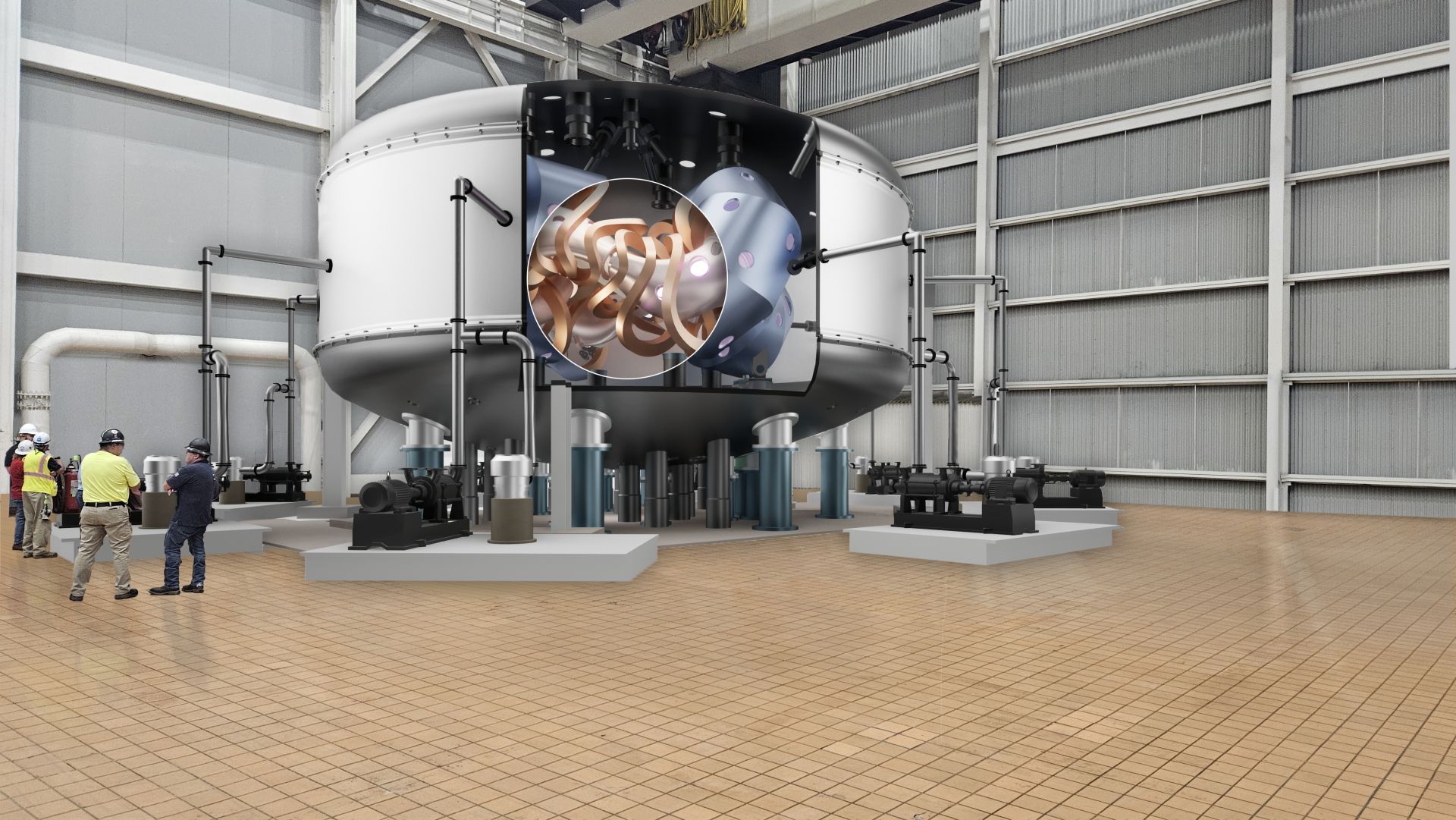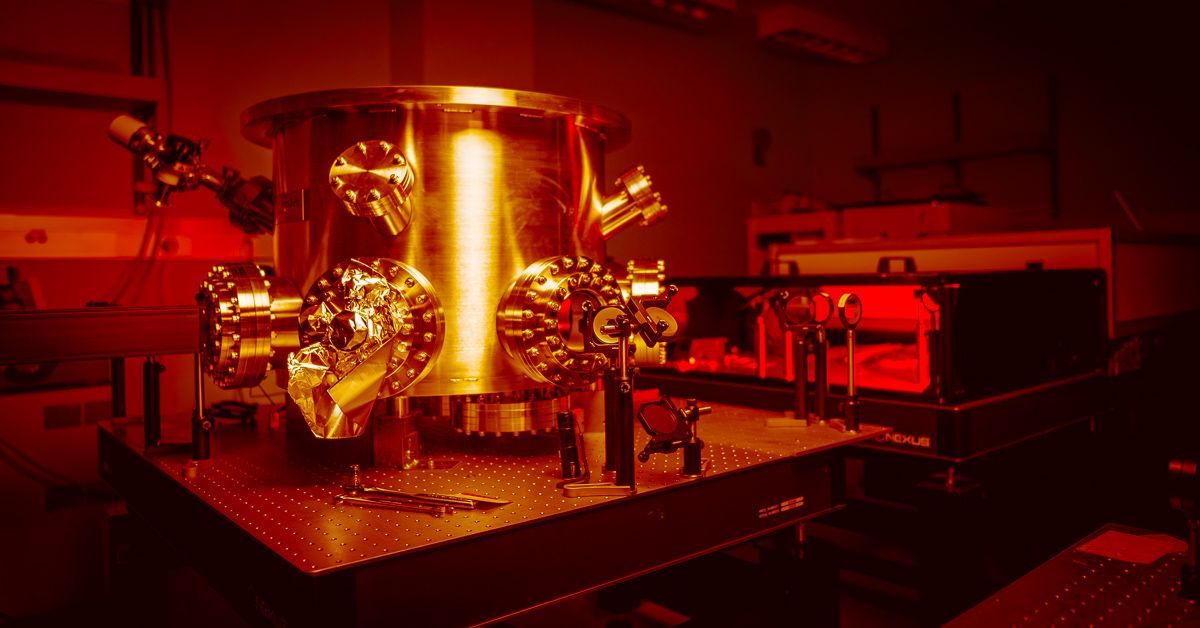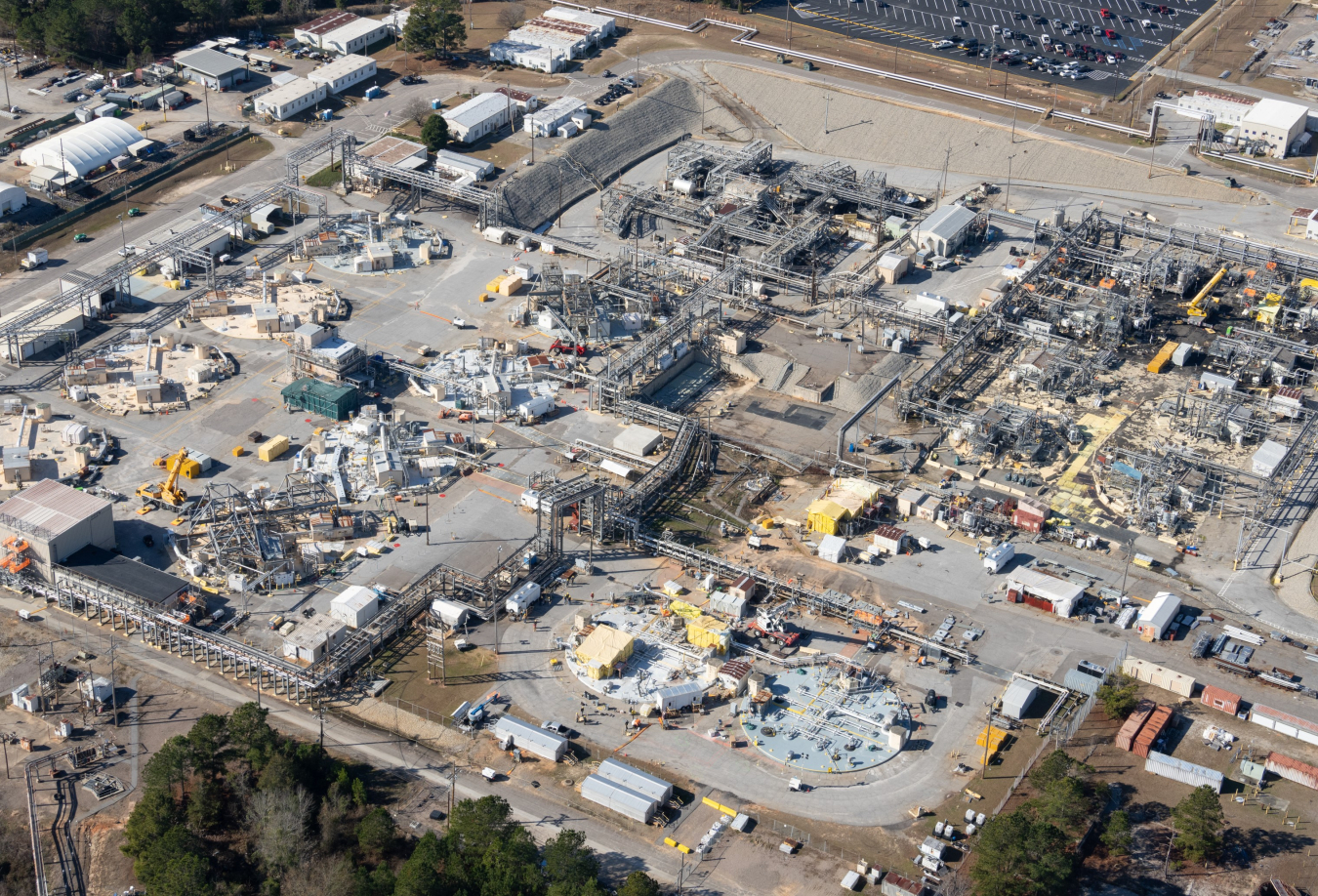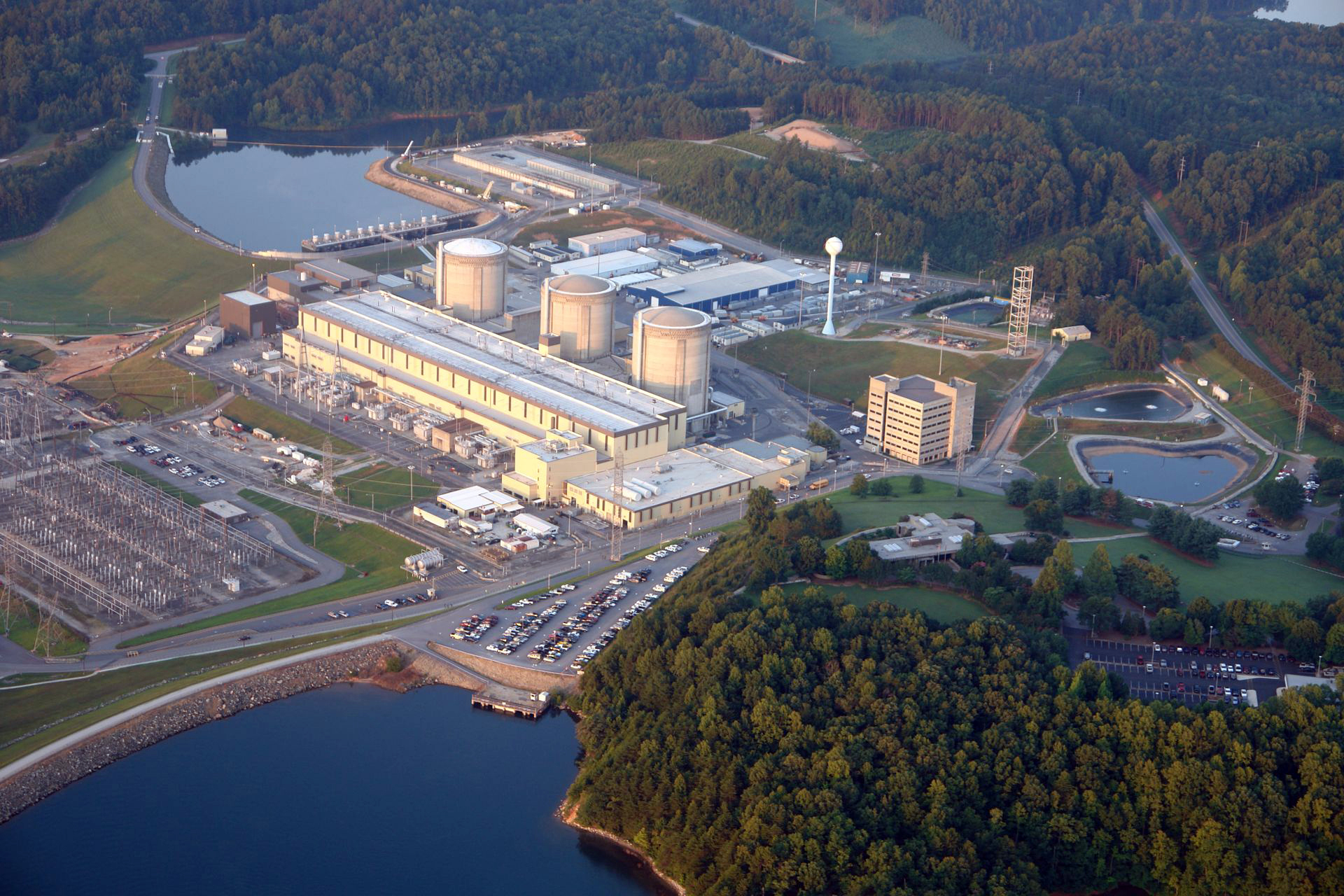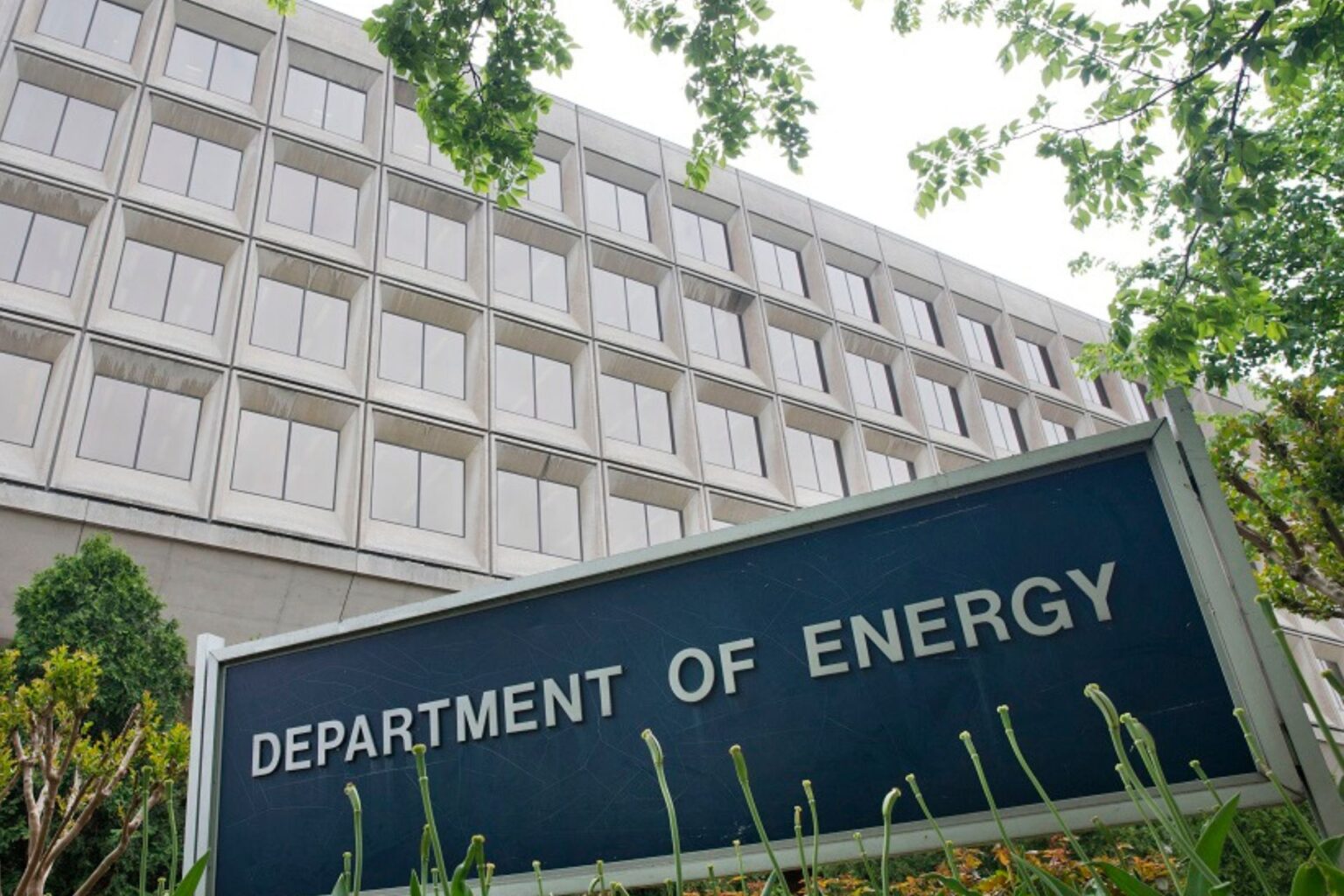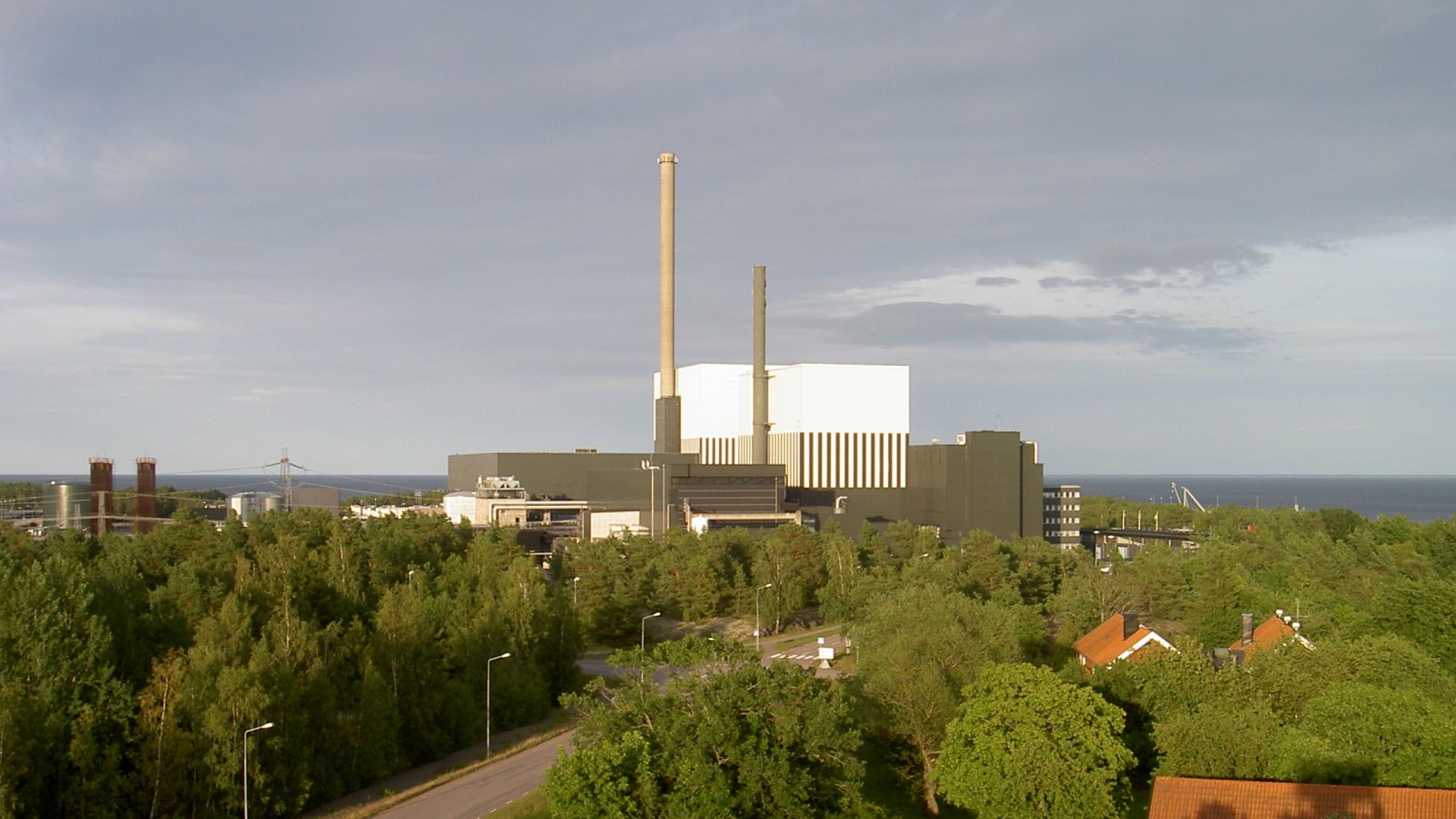Concept art showing Type One Energy’s Infinity One prototype stellarator inside TVA’s Bull Run fossil plant. (Photo: Business Wire)
Type One Energy said it has entered into a cooperative agreement with the Tennessee Valley Authority to jointly develop plans for a potential TVA fusion power plant project in the Tennessee Valley region using Type One Energy stellarator fusion power technology. The company said its 350-MWe fusion pilot power plant, named Infinity Two, could provide a complementary source of baseload electrical generation for the region as early as the mid-2030s.
Senamile Masango (Photo shared on LinkedIn by Colleen Larsen)
The government of South Africa has announced the passing of Senamile Masango, the country’s first black female nuclear scientist. The 37 year old, who many South Africans thought of as the “queen of science,” died on February 9 from undisclosed causes. Deputy President Paul Mashatile described Masango as “a beacon of hope for many young people, especially women.”
Calvert Cliffs nuclear power plant. (Photo: Constellation)
Nuclear powerhouse Constellation Energy announced Tuesday it will spend roughly $100 million to upgrade critical electrical systems and plant equipment at its Calvert Cliffs nuclear power plant, where the company may pursue license renewals.
An experimental chamber that will be used by UC San Diego as part of the TINEX project. (Photo: David Baillot/UC San Diego Jacobs School of Engineering)
The University of California–San Diego has joined a new research collaborative focused on overcoming critical obstacles in developing and scaling up inertial fusion power plants. Led by San Diego-based General Atomics, the group was one of six research teams that were collectively awarded $107 million in January by the Department of Energy as part of the Fusion Innovative Research Engine (FIRE) Collaboratives.
IAEA team members conduct a follow-up review of Spain’s regulatory framework for nuclear and radiological safety. (Photo: CSN)
An International Atomic Energy Agency team has concluded that Spain has shown a strong commitment to nuclear and radiation safety, confirming that the country has successfully enhanced its regulatory framework, fully implementing IAEA recommendations made in 2018.
The Savannah River Site’s F Tank Farm, where Tank 4 completed preliminary cease waste removal a year ahead of schedule. (Photo: DOE)
The Department of Energy’s Office of Environmental Management said it has reached a regulatory milestone ahead of schedule in preparing radioactive waste tanks for closure at the Savannah River Site in South Carolina. DOE-EM said it received concurrence in January from the South Carolina Department of Environmental Services (SCDES) and the U.S. Environmental Protection Agency that SRS had successfully removed waste from the site’s Tank 4 and may now proceed to waste sampling and analysis of that tank ahead of its closure.
Palo Verde nuclear power plant, near Tonopah, Ariz. (Photo: APS)
The top three utilities in Arizona are teaming up to explore opportunities to add nuclear generation facilities in the state.
Arizona Public Service (APS), Salt River Project (SRP), and Tucson Electric Power (TEP) announced in a February 5 news release that they are working together to assess possible sites, including retiring coal plants. The group is looking at possibilities for both small modular reactors—units generating 300 MW or less—and potential large reactor projects, which could generate nearly five times the power.
Oconee nuclear power plant. (Photo: Duke Energy)
The Nuclear Regulatory Commission has published its final environmental impact statement for the proposed subsequent license renewal (SLR) for Oconee nuclear power plant's Units 1, 2, and 3.
AI-powered imaging from Argonne reveals hidden flaws in stainless steel and could boost safety in critical industries
Advanced metal components produced through additive manufacturing can highlight the potential for cutting-edge technologies like AI-enhanced defect detection to ensure their reliability. (Photo: Shutterstock/MarinaGrigorivna)
Imagine you’re constructing a bridge or designing an airplane, and everything appears flawless on the outside. However, microscopic flaws beneath the surface could weaken the entire structure over time.
These hidden defects can be difficult to detect with traditional inspection methods, but a new technology developed by scientists at the U.S. Department of Energy’s Argonne National Laboratory is changing that. Using artificial intelligence and advanced imaging techniques, researchers have developed a method to reveal these tiny flaws before they become critical problems.
Oskarshamn nuclear power plant in Sweden. (Photo: Daniel Kihlgren)
Germany’s NUKEM Technologies Engineering Services GmbH, in partnership with Uniper Nuclear Services GmbH (UNS), has successfully completed the dismantling of the fourth and final reactor pressure vessel (RPV) at Oskarshamn nuclear power plant in Sweden. The work was done as part of the UNNU Consortium, which since 2020 has been dismantling Sweden’s four RPVs—two at the Oskarshamn site and two at the Barsebäck nuclear plant site.
Participants celebrate Texas A&M’s announcement about hosting SMR units from four nuclear companies. (Photo: Texas A&M)
Texas A&M chancellor John Sharp has announced that the university could soon become a home to small modular reactors from four advanced nuclear companies: Kairos Power, Natura Resources, Terrestrial Energy, and Aalo Atomics.




